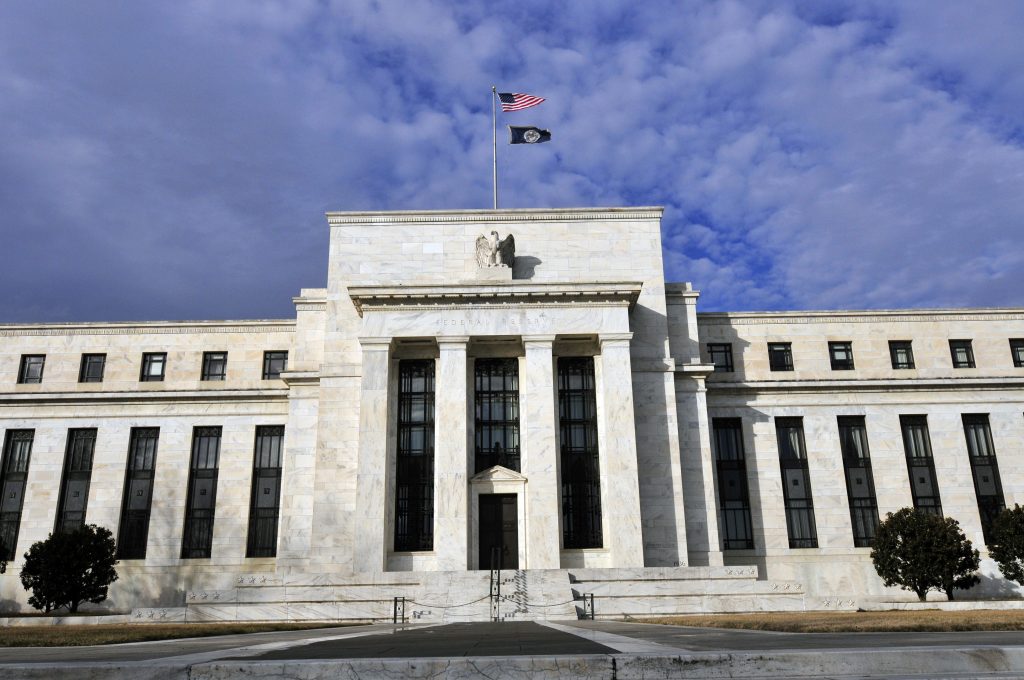The Federal Reserve this week voted to maintain its benchmark interest rate unchanged at near zero, showing it has no interest in reversing course anytime soon, most likely due to the coronavirus pandemic.

The Fed’s benchmark rate doesn’t directly impact mortgage rates, but it normally does influence them, so the decision is a key one for homeowners.
The vote was taken by the Fed’s Federal Open Markets Committee, and it means it will keep its range of its benchmark interest rate between 0% to 0.25%. It had called two emergency meetings during the cusp of the coronavirus outbreak in March to cut rates.
Jerome Powell, Chairman of the Federal Reserve, said: “We’re not going to be in a hurry to move rates up. … We’re going to wait until we are quite confident the economy is on the road to recovery.”
The federal funds rate is what banks typically charge one another for short-term borrowing. As such, the near-zero rate has made it much cheaper to borrow money from most lenders. For example, credit card companies have dropped their rates to three-year lows as a result of the lower benchmark.
The average 30-year fixed-rate mortgage, which is more directly tied to 10-year U.S. Treasury notes, has been averaging about 3.55%, the lowest since September 2016, according to Bankrate.
However, some lenders are tightening up on lending in response to new risks from the mortgage bailout program under the CARES Act.
“The intensity of the crisis means that loan availability is declining and thus the boost to the economy is muted,” Tendayi Kapfidze, chief economist at LendingTree, told CNBC. Home buyers with lower credit scores are finding more tightened credit standards.